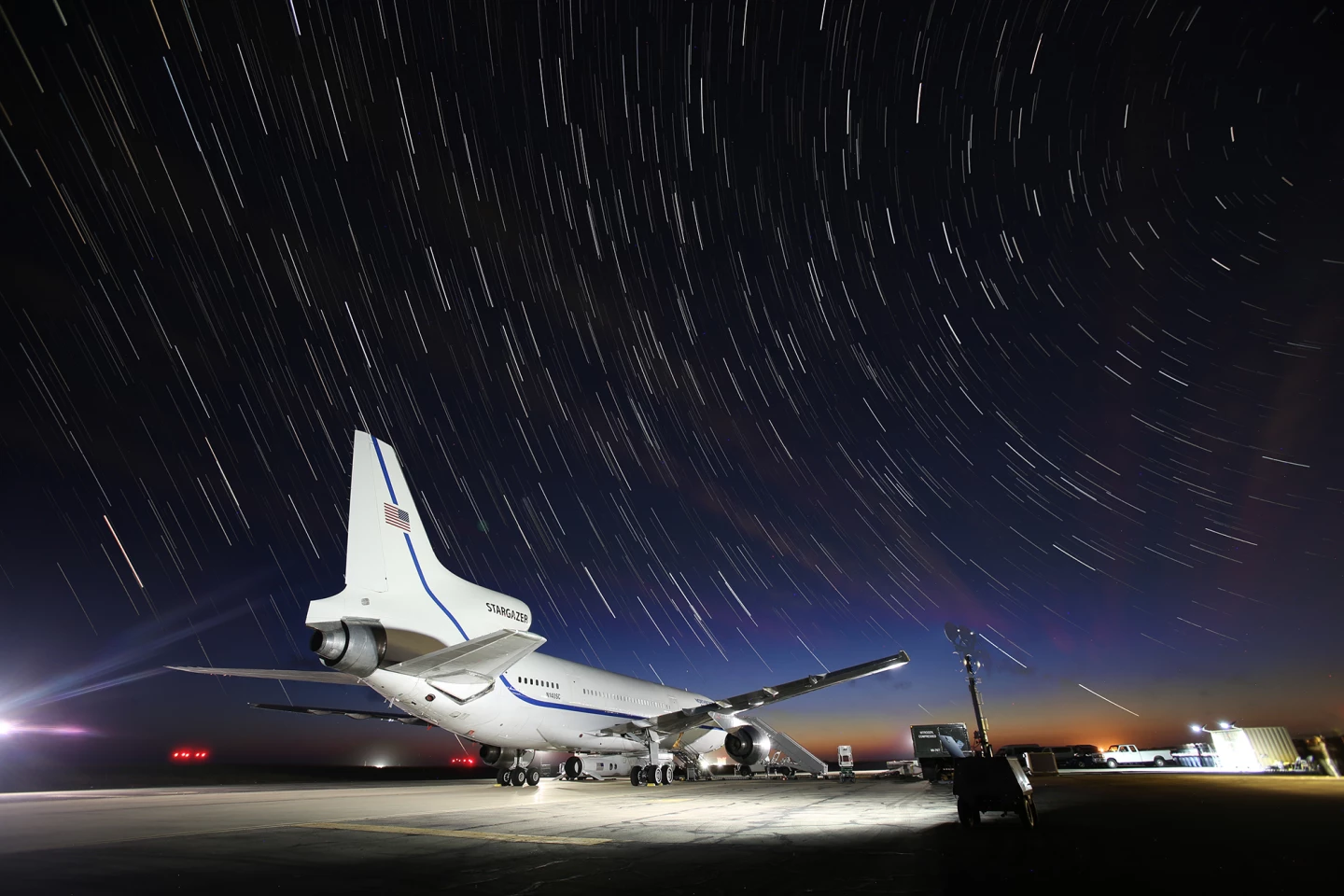The US Space Force has launched a tactical satellite developed in only four months with only 21 days notice. On June 13 at 4:11 am EDT, the Tactically Responsive Launch-2 (TacRL-2) demonstration satellite was launched on a Northrop Grumman Pegasus XL rocket dropped from a modified "Stargazer" L-1011 aircraft that took off from the recently renamed Vandenberg Space Force Base.
Satellites are an accepted part of military operations by the major powers, but modern technology and the geopolitical situation can change so quickly that satellites have to be much more flexible and have the capability to be deployed on short notice. To address this, instead of taking years to design and build, and months to launch, the Space Force has demonstrated the ability to produce a new satellite in months and launch it in weeks.
The Sunday launch of the TacRL-2 took place at an altitude of 40,000 feet (12,000 m) over the Pacific Ocean. Once released from the aircraft, the first stage of the Pegasus XL automatically ignited and sent the satellite into low Earth orbit.
The mission was conducted by the Small Launch and Targets Division within the Space and Missile Systems Center’s (SMC) Launch Enterprise, and the Space Safari Office. The satellite itself was built by the Air Force Research Laboratory and the Space Dynamics Laboratory. Space Safari was able to complete the TacRL-2 and then integrated it with the launch vehicle and ground systems in what the Space Force calls record time, as well as handling on-orbit planning and operator training.

The lessons learned by the demo mission will be used for the next TacRL missions, which are slated for 2022 and 2023 with the goal of providing the Space Force with tactical space mobility and logistics capabilities.
"Today’s successful launch is a clear signal to our strategic competitors that we will not cede access to space," says Chief of Space Operations General John W. "Jay" Raymond. "When I challenged the Space and Missile Systems Center about a year ago to demonstrate a responsive space capability, they accepted and delivered! The team presented an integrated Space Domain Awareness satellite ready for launch in record time. What normally would have required two to five years, took 11 months.
"The space domain is defined by speed, and with this effort, we demonstrated the kind of speed it will take to win. We executed a 21-day call-up to get a satellite on orbit – pulling the payload, mating it with the rocket, and integrating the combined package onto the aircraft. Agile, responsive capability development, combined with our ability to rapidly launch and insert capabilities into space where we want, when we want, will deny our competitors the perceived benefits of beginning a conflict in or extending a conflict to space."
Source: US Space Force






